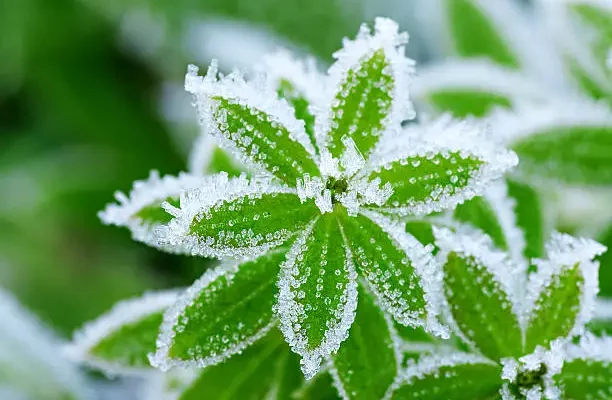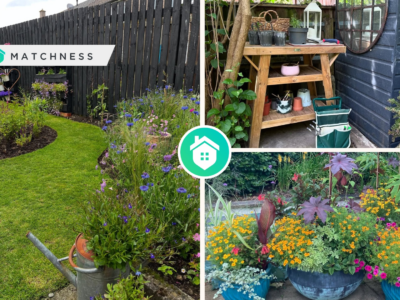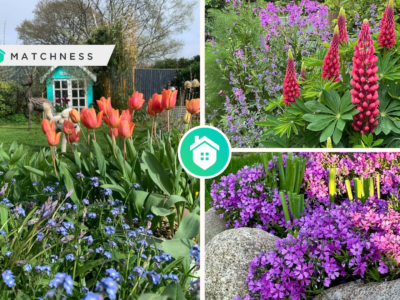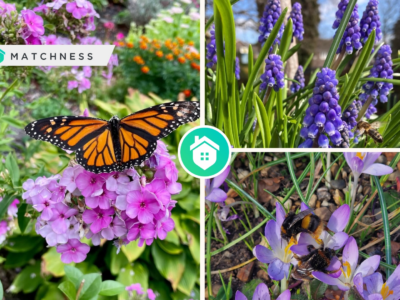Winter is right around the corner, and while you are probably looking forward to hot cocoa and warm nights cozied up inside in your favorite pajamas, your plants need a bit of love too.
Weather conditions in winter can have drastic effects on your garden, catching even the most-seasoned green thumbs entirely off guard. The snow, ice and otherwise ghastly temperatures can wreak havoc on the roots of your plants, not to mention the plants themselves.
Luckily, with some clever preparation, and these seven tips below, you can protect your plants before it is too late.
1. Bring Them Inside
Bring potted plants inside wherever possible. Check them for crawling critters first, the last thing anyone wants is an ant problem – least of all during the coldest months of the year. Not all plants are capable of withstanding frost or plummeting temperatures, particularly delicate ones like flowers.
2. Buy A Greenhouse
Ready-made greenhouses retain heat and help keep the frost at bay during cold snaps.
Cold-weather gardening can be panic-inducing, particularly if you live in a snow or ice-prone area. The elements can wreak havoc on plants, flowers, and shrubs during winter, and over-saturation from rains can cause untold damage.
If your plants aren’t as hardy as you’d like them to be, a greenhouse could be your best option.
3. Insulation
By adding hay or mulch to your flower beds, vegetable gardens, and potted plants, you can offer them some much-needed insulation for the coldest months of the year. Burlap is also an effective material for covering plants and you can buy it in rolls.
The easiest solution is to buy ready-made covers and cover small shrubs and trees individually. Good quality plant covers are a great investment because you can use them year after year with proper storage during the rest of the year, and they offer fantastic nursery frost protection.
4. Plant Early
Even if you intend to plant some of the hardiest crops known to man, a seedling is still a seedling and is susceptible to frost and ice damage. Give your plants time to grow in moderate temperatures before the cold weather hits.
Establishing the additions to your garden ten to twelve weeks before the temperatures plummet will help them to grow root systems and acclimate to the changing temperatures before they get too cold.
5. Weighted Coverage
Row cover is one of the most effective tools for protecting your plants from the frigid cold of the winter months. It is budget-friendly and super easy to use, making it a firm favorite for gardeners and growers alike.
Remember to weight down your coverage, regardless of the material you choose – pushing in pins will only weaken the fabric and cause rips and tears. Weight down the sides instead, securing them with bricks or sandbags to protect them from big gusts of wind.
6. Prune Perennials
Perennial plants should always get pruned during the fall. By pruning them back before the first frost hits, you will encourage them to focus and channel their growth into their root systems.
While plants like these can be frost-hardy, their foliage generally isn’t. Some perennials are better pruned during late winter when they are barren, examples of these plants include fruit trees and grapevines.
7. Move To Pots
If possible, transplant your more fragile plants into containers for the winter.
Plants such as herbs and small vegetables can get dug up and carefully moved indoors for the winter. Be careful not to disturb the root ball, which could have catastrophic consequences for your precious plants.
Use a trowel to free up a circle around the plant, gently lift it from the soil, and place it into a pot double the size of the root ball. Fill the container with nutritious soil and place it indoors near a sun-facing part of your home.
If your house gets extra cold during the winter, insulate the bottom of the container or pot first with old blankets or foam to protect the plant from frost.
To End
Damp soil holds more heat than dry soil. If you know there is a cold snap on the way, choose to water your plants during the day. That will provide an extra layer of thermal heat directly to the soil, thereby protecting the roots of your plants when the temperatures plummet overnight.
By following the tips above, you can winterize your garden long before the cold weather hits! All of these tips are easy to follow and affordable, so it is a win-win!




















